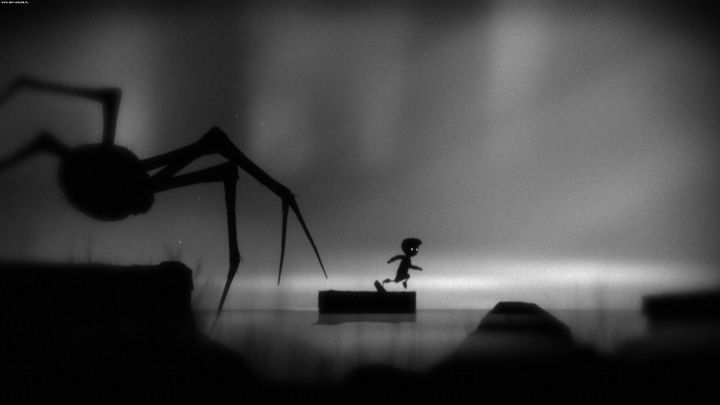Tell Me Your Fears and I'll Tell You What to Play. How Games Can Aid Treating Phobias
Many games (not just horrors!) contain elements that can cause fear. Does this mean that people suffering from fear disorders should avoid them? What if we told you it's the opposite?
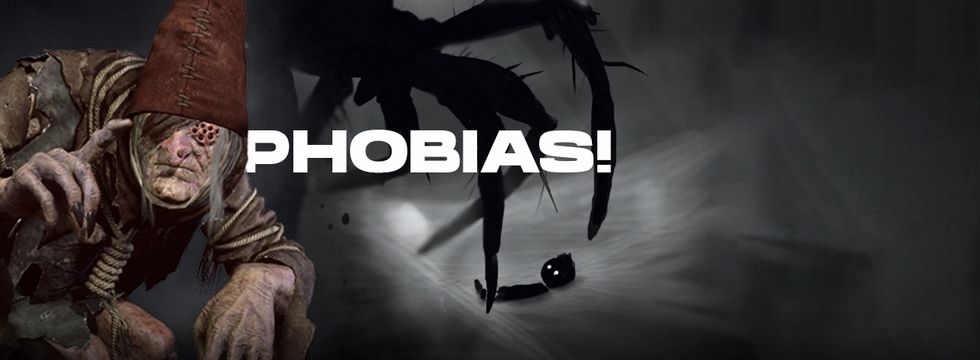
Let's face the truth – jump scares, claustrophobic, dark spaces, creepy creatures, and other spooky elements in games (paradoxically) often enhance the virtual entertainment experience. However, the question may arise: how will people suffering from specific phobias, such as claustrophobia or nyctophobia, react to such titles? The answer isn't simple. On one hand, exposure to this type of impulses can instill a very strong, overwhelming fear in a player. On the other, when used properly, it can even help in treating these phobias.
Most of us are afraid of something to some extent. Some people may abhor spiders or darkness. Others avoid flying. Scarecrows, especially in a cornfield, are what gives me the goosebumps. One of my favorite games, Until Dawn, skillfully used this, and in one of the dialogues with the therapist, I pointed out scarecrows as my biggest fear. Little did I know it would result in occasional jump scares involving these dummies.
I'll forgive everything but boredom
Did it bother me? Not really, I was actually thrilled about it, as it only upped the intensity of the emotions I experienced during the game. Because regardless of the game we choose, we play in order to feel something. It can be relaxation or satisfaction, but also sadness or even fear. Games can provide a unique and interesting set of experiences by allowing you to safely feel those dangerous emotions.
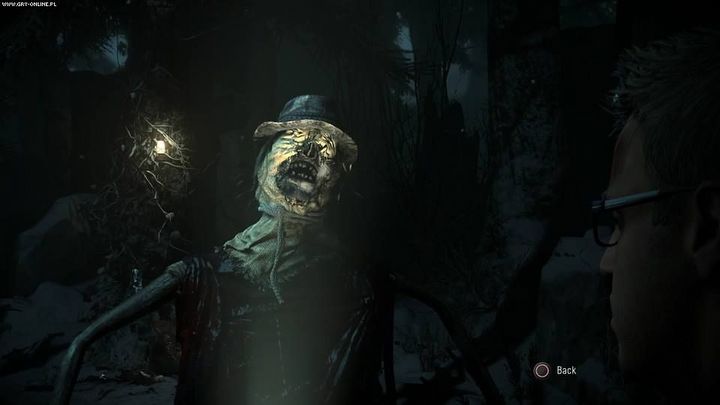
Until Dawn uses information provided by the player. If I had indicated in one of my conversations that I was afraid of zombies, the game would have scared me with the living dead, not scarecrows.Until Dawn, Supermassive Games, 2015.
Despite my genuine fear of scarecrows, I don't experience panic attacks just from seeing one – that's why I really liked the solution used in Until Dawn. But what would happen if my fear of scarecrows wasn't "normal"? What if I had an actual phobia?
Survival circuit
If we’re lucky enough to experience fear in a "normal," healthy, and adaptive manner, then in the event of exposure to a distressing stimulus, the brain activates what’s known as the "survival circuit." Its task is to protect us from danger. A well-functioning emotional system enables the brain to consciously differentiate between objects that pose real threat to us and those that are harmless, and the tension accompanying fear helps to focus on the source of anxiety and avoid the associated danger. So this is a mobilizing, positive stress that allows for a faster response and potential escape. Once the danger’s gone, the fear and tension fade away.
Layers of fear
The story is quite different for those suffering from anxiety disorders – such as specific phobias. These phobias involve irrational fear of certain objects, living organisms, or very specific situations – usually those that don't present real threat. There are many phobias, some of which are more common than others. For instance, arachnophobia (fear of spiders), acrophobia (fear of heights), or traumatophobia (fear of injury) are observed extremely often. However, there are phobias so atypical that it's difficult to believe they exist – like the fear of sharp objects, for instance pencils (aka aichmophobia).
A phobia differs from the "ordinary" fear felt towards particular objects or situations because it causes much stronger, often irrational, feelings and can make life much harder. People with phobias often know that the object of their fear doesn't pose a real threat, but it continues to frighten them anyway. This may result in various negative effects, such as avoiding hospitals or vaccinations due to fear of needles, or giving up an interesting trip that requires flying by plane.
The anxiety reaction to the object of phobia is maladaptive. Interacting with the object triggers intense, paralyzing (as opposed to motivating) fear, which can lead to panic attacks or breathing difficulties. It doesn't have to be direct contact – for some people, simply seeing a picture or imagining a particular situation is enough to experience dread.
If a person is exposed to such an emotional state often, it can lead to exhaustion, as distress (negative type of stress) is very harmful to both mental and physical health in the long run.
Horn of plenty
Considering the dramatic descriptions above, it could be concluded that in such a scenario, it's unlikely that someone with thalassophobia (fear of depths) would be able to play Subnautica without the risk of a heart attack. However, research indicates that in the appropriate conditions, gaming can actually aid in the treatment of phobias.

Thalassophobia is the fear of the deep and what lies within. For those struggling with it, many of Subnautica's sights can be difficult to bear.Subnautica, Unknown Worlds Entertainment, 2018.
As a result of the extreme diversity of this medium, there are stimuli that can "trigger" most phobias. Some of them are specifically designed to induce fear in players, like the moving mannequins in Little Nightmares 2 (automatonophobia) or the enormous spider in Limbo (arachnophobia). Others, however, can be common features of the surroundings, such as tall buildings (which can terrify people with megalophobia, or fear of large objects) or forests (which are unlikely to appeal to players with hylophobia).

The pitted eye of the witch of Crooked Marshes may seem like an unobtrusive feature, but I assure you that any player suffering from trypophobia (fear of holes) will notice it immediately.The Witcher 3, CD Projekt RED, 2015.
Regardless of the purpose for which the developers placed the given objects in their virtual reality, this diversity makes the games suitable for supporting the therapy of almost any existing phobia.
"What we fear of doing most is usually what we most need to do"
That's Ralph Waldo Emerson, the American poet and essayist, and although the phrase sounds a bit naive, there's a grain of truth in it. Exposure therapy is one of the most effective treatments for phobias. As you may have guessed, it involves exposing the patient to the trigger of fear. Of course, it doesn't work like a person with arachnophobia picks up a tarantula and is magically cured. Exposure therapy for phobias requires motivation and a deep understanding of the patient's emotions and reactions, when the help of a therapist is often necessary.
A step-by-step approach is key when it comes to exposure. Becoming accustomed to the source of fear starts with the mildest and least direct stimuli. For instance, in the case of arachnophobia, we can first show the patient a picture of a spider. Once they become accustomed to it and no longer fear it, we introduce a more intense stimulus, such as a video. Later, a more interactive and immersive medium can be used – a game with animate spiders, for example.
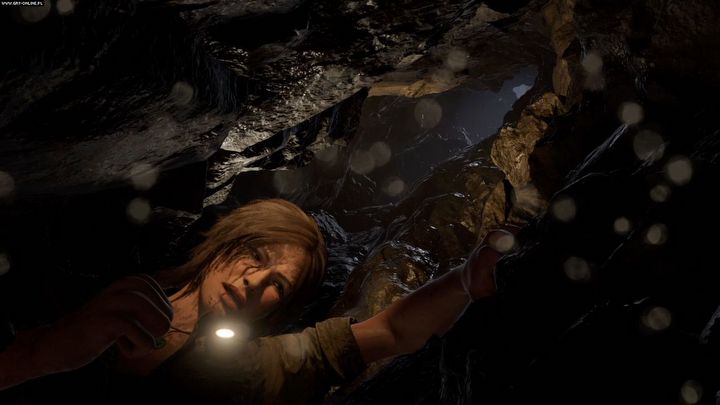
The Tomb Raider series has many claustrophobic sequences. Tiny spaces and limited field of vision, as well as the awareness of imminent danger, can create an intense fear.Shadow of the Tomb Raider, Eidos Montreal / Nixxes Software, 2018.
Exposure has been shown to be one of the most effective methods for treating phobias, although the course of therapy is always individual. There are several ways of treating phobias. Imagery therapy is the least invasive, where the patient visualizes the source of anxiety, for instance, flying on a plane. The most "aggressive" approach, however, is the so-called "in vivo exposure." This type of treatment takes place in the real world. So in the case of fear of flying, it would be a real plane trip. Somewhere in between is a relatively new exposure method known as "in virtuo," in which computer games, VR, and AR technology are used.
Playing seriously
Treating phobias can be highly effective with the use of serious games, which aim to provide education and training or support therapeutic processes. Multiple studies, considering factors such as self-reports, measuring heart rate and breathing frequency, or galvanic skin responses, have demonstrated the effectiveness of serious games, particularly those utilizing VR.
Therapies involving VR games have helped treat fears such as cockroaches, spiders, and fear of heights. On the other hand, vehicle simulators have significantly decreased the fear of driving in people with vehophobia, including aspects such as avoiding and feeling uncomfortable during travel or using maladaptive driving strategies. These are just a few of the many research examples proving the effectiveness of these methods.
In virtuo
VR and AR games are highly effective in assisting the treatment of phobias for multiple reasons. First, they offer a higher level of immersion compared to traditional games. This means that when we play them, we feel as if we were truly experiencing the game world. This impression is further amplified by the fact that VR titles usually respond dynamically to every player's actions, including subtle body movements.
Second, game-based therapy combines the benefits of both the imagery method and real-world exposure. It has a more powerful impact than imagination and also solves issues related to the in vivo method. Conducting therapy in a virtual environment instead of the physical one gives the therapist much more control over the patient's condition and allows for adjusting the intensity of stimuli to their current needs. For instance, in the case of flight simulators, the therapist can control the frequency of turbulence. Not to mention the advantage of not having to buy plane tickets.
For a simple player
Up untill now, I have mainly talked about the use of VR and AR games in treating phobias. But can traditional games also be effective in treatment? Of course, they can. Absolutely.
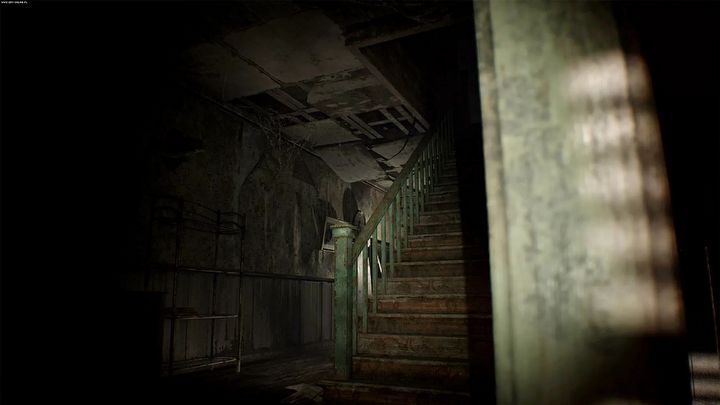
This RE 7 location can give you the creeps on several levels. On the one hand, darkness can frighten people with nyctophobia. On the other, its numerous nooks where something could be lurking can scare people with phobia of being watched.Resident Evil 7, Capcom, 2017.
For instance, research has demonstrated that mobile games can be highly effective in treating needle phobia in children. Playing Dr. Zoo for five days, a game where the gameplay involves giving injections to cartoon animals, has significantly decreased children's fear of vaccination. Traditional video games, due to their widespread availability and relatively modest hardware requirements compared to VR/AR titles, can also be used to maintain the effects of therapy or complete assigned homework tasks from a therapist. Such a task could be, for instance, for a person with thalassophobia to play Subnautica for a certain period of time and then write down their feelings.
It's not just playing that cures phobias
Even though the effectiveness of games in treating phobias has been proven many times, it doesn't mean this method is suitable for every patient. Therapy should primarily be tailored individually. Other crucial therapeutic factors, such as analyzing emotions, behaviors, and thoughts or receiving support from a therapist, shouldn't be underestimated. Nonetheless, there’s no need to fear the development of technology, including games, as it brings with it many tangible benefits and can help individuals who struggle with various problems on a daily basis, including those of a psychological nature.
